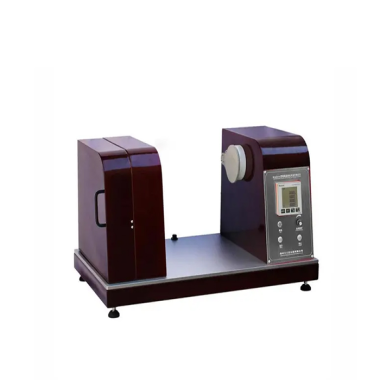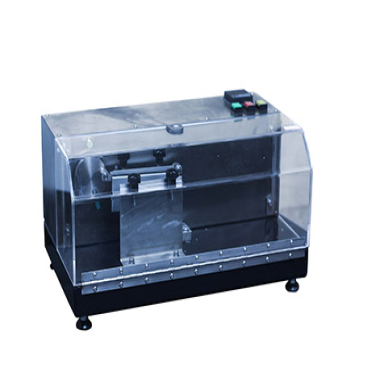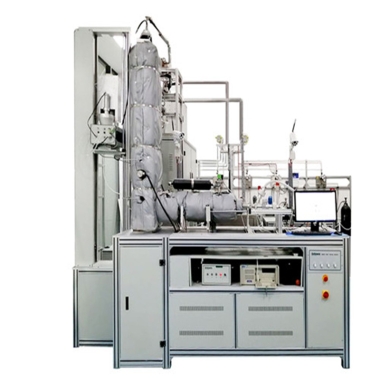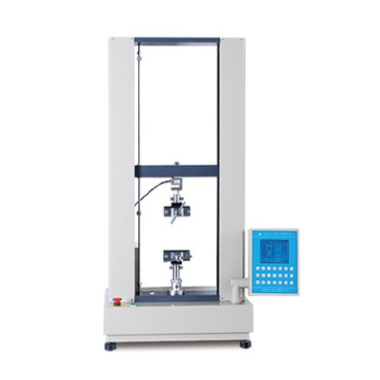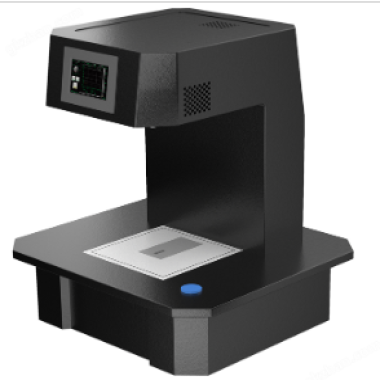
The textile photothermal performance tester
Category:textile Functional tester
Introduction
Introducing the Textile Photothermal Performance Tester – your essential instrument for accurately evaluating how fabrics interact with light and heat. This specialized device quantifies a textile’s ability to absorb, reflect, and transmit solar radiation, directly impacting its comfort, insulation, and overall energy efficiency. Ideal for sportswear, outdoor gear, automotive interiors, and smart textiles, it provides crucial data on thermal regulation properties. With precise control over light sources and temperature monitoring, this tester helps manufacturers optimize material performance for diverse applications, ensuring comfort and energy savings.
Application Scope
The textile photothermal performance tester is mainly used to test textile products’ photothermal storage performance, heat-blocking performance, and thermal resistance performance.
Applicable Standards
1. GB/T 18319-2019: “Test Method for Photothermal Storage Performance of Textiles”. This standard specifies the testing method for textiles’ ability to absorb solar energy and maintain elevated temperatures over time, applicable to fibers, yarns, and various textile products.
2. GB/T 41560-2022: “Determination of Heat-Blocking Performance”. This standard provides methods for evaluating textiles’ capacity to block heat transfer.
Main Parameters
1. Test range: Suitable for textiles of different materials and thicknesses with broad applicability.
2. Light source: Typically uses short-arc xenon lamps simulating solar spectrum (200nm-1100nm wavelength range), with power exceeding 1000W.
3. Temperature control: Sample temperature sensors cover range of -50°C to 200°C with precise temperature regulation.
4. Test precision: High-precision system for accurate measurement of photothermal storage and heat-blocking performance.
5. Operating system: Advanced PLC or computer control system with Chinese/English language switching, user-friendly interface.
6. Equipment dimensions: Vary by brand/model but generally compact for laboratory installation.
7. Sample size: Standard specifications according to testing requirements (typically 230mm × 70mm).
